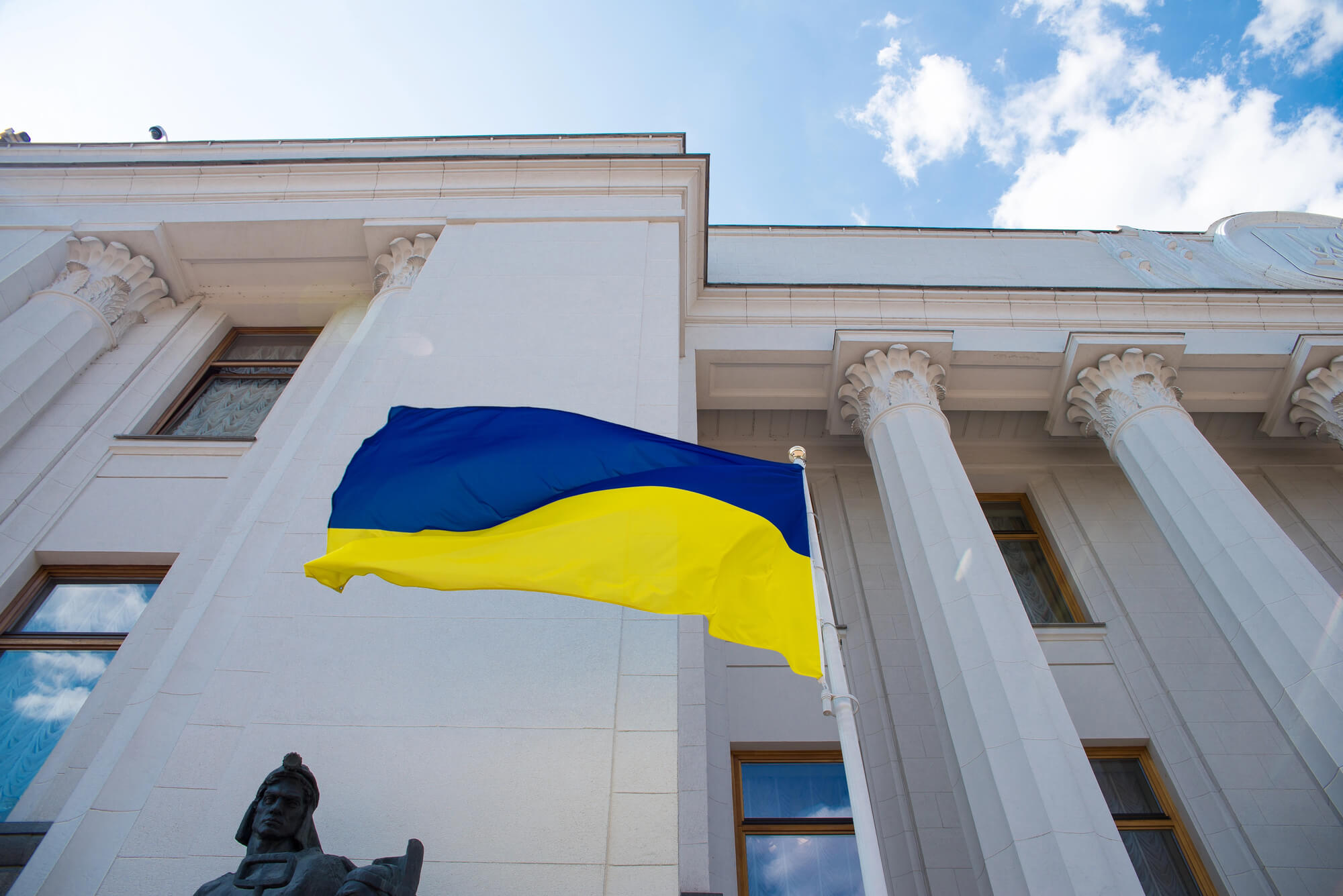Are the USA truly the main donor to Ukraine during the war, or is the support from a united Europe actually greater? Let’s examine the details of military, financial, and humanitarian aid to Ukraine.
According to the Kiel Institute for the World Economy, the largest amount of actual aid to Ukraine since the full-scale invasion has come from the United States, totaling EUR 114 billion, which accounts for 0.5% of the U.S. GDP. The biggest share of this support (56%) has been allocated to military aid, while 41% has gone to financial aid, and only 3% has been directed toward humanitarian aid.
Figure 1. Geographical distribution of financial, humanitarian, and military aid to Ukraine from January 24, 2022, to December 31, 2024 (billion euros)
* The statistics take into account aid that has already been allocated. This includes declared funds that have been designated for specific programs, projects, or recipients and may be in the process of being disbursed or already utilized.
Figure 2. Top 20 countries by level of aid to Ukraine from January 24, 2022, to December 31, 2024
The last months of 2024 set records for aid volumes, while Q4 2023 and Q1 2024 saw major setbacks due to aid being blocked by Trump supporters in Congress.
Figure 3. Quarterly dynamics of aid from the U.S. and the EU during martial law, billion euros
However, when considering the combined efforts of European countries, macro-financial assistance, and funds received from various EU organizations, the total aid provided exceeds that of the United States. From January 22, 2022, to December 31, 2024, Europe has allocated EUR 132.2 billion to Ukraine, with an additional EUR 115.1 billion planned for the coming years.
Among individual countries, Germany ranks second in terms of aid volume, having allocated nearly 0.4% of its GDP or EUR 17 billion to humanitarian (19%), financial (8%), and military (73%) aid to Ukraine.
Figure 4. Structure of aid to Ukraine from January 24, 2022, to December 31, 2024
France’s aid packages also include a significant portion of military support. In terms of total aid volume, France ranks 10th, providing EUR 4.9 billion, which amounts to less than 0.2% of its GDP. Poland has contributed nearly the same amount—EUR 5.1 billion—but relative to its GDP, this represents 0.8%. The highest share of national GDP allocated to aid for Ukraine comes from the Baltic states: Estonia – 2.2%, Lithuania – 1.8%, and Latvia – 1.5% (Figure 5).
Some countries, such as Hungary, India, China, and Malta, have provided only humanitarian assistance. In contrast, Greece has allocated all of its aid exclusively in the form of military equipment or training for Ukrainian forces.
Figure 5. Geographical distribution of total financial, humanitarian, and military aid to Ukraine from January 24, 2022, to December 31, 2024 (as a percentage of the country’s GDP)
European countries have allocated significant funds to support Ukrainian refugees. Germany leads with total expenditures of EUR 35.4 billion, which it has spent since the full-scale invasion to assist 1.2 million Ukrainian refugees. Poland has allocated slightly less—EUR 30 billion—for nearly 1 million Ukrainian refugees in the country. Spain and the Czech Republic have each spent EUR 8 billion, supporting 223,000 and 390,000 Ukrainian refugees, respectively. However, the contribution of Ukrainian refugees to the Czech Republic’s GDP is twice as much as the costs spent on them. Meanwhile, Poland’s GDP grew by 1% (EUR 2.4–3.3 billion) in 2022 and by 1.3% (EUR 3.5–4.8 billion) in 2023 thanks to the refugees.
Figure 6. Top 10 foreign countries by expenditures on Ukrainian refugees from January 24, 2022, to December 31, 2024, billion euros
Despite the significant aid provided by the United States, Europe overall contributes more resources to Ukraine, especially when considering planned support. Countries employ different approaches to assistance, ranging from direct financial aid to military training programs. However, international aid is influenced by political decisions, economic conditions, and diplomatic efforts. As a result, future financial and military support will depend not only on governments but also on the active efforts of diplomats, volunteers, and civil society leaders who continue to advocate for Ukraine’s interests on the international stage.
Photo: depositphotos.com/ua
Attention
The authors do not work for, consult to, own shares in or receive funding from any company or organization that would benefit from this article, and have no relevant affiliations



